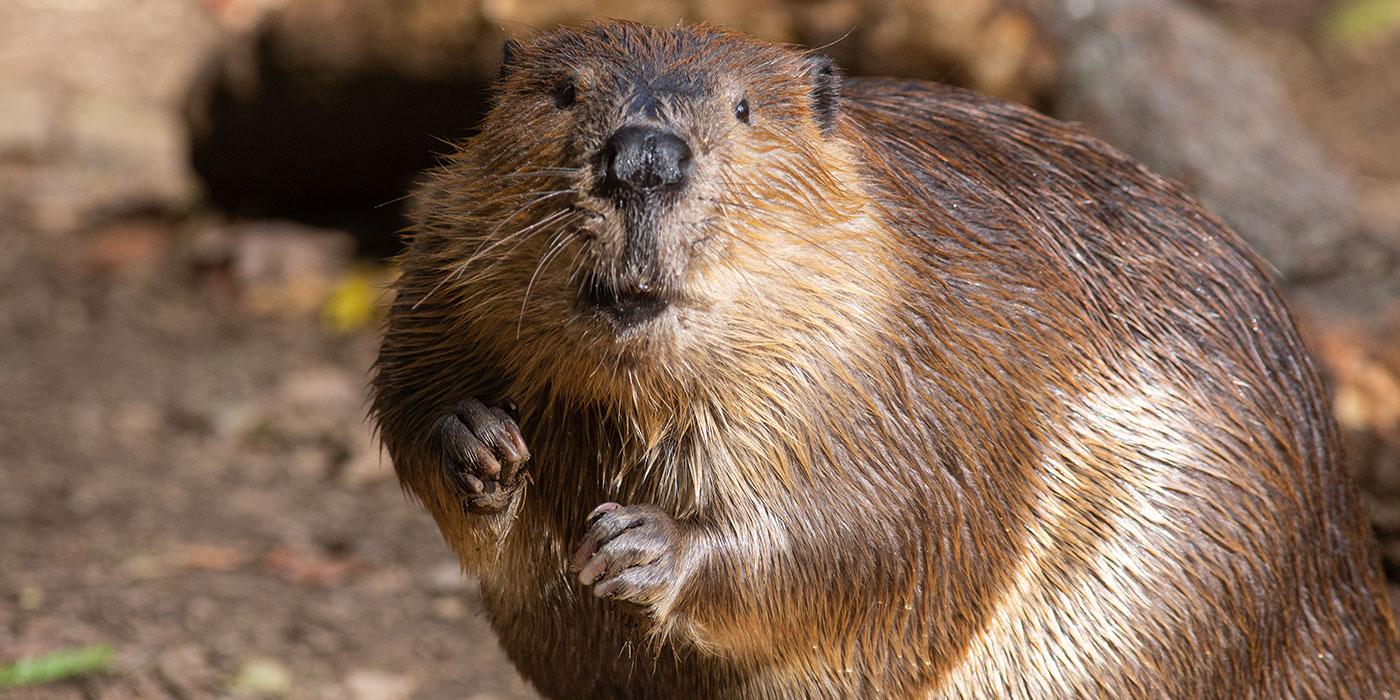- These rodents live in fresh water habitats like rivers and streams. They create dams and ponds, which act as wetlands for other species. As a result they increase biodiversity.
Beavers, semiaquatic rodents of the Northern Hemisphere, are a great example of how one species can reshape its environment, playing an essential role in balancing the ecosystems in which they live.
These rodents live in fresh water habitats like rivers and streams. They create dams and ponds, which act as wetlands for other species. As a result they increase biodiversity.
Secondly, beaver activity along these wetlands help in the fight against drought. They play a critical role in releasing water into the surrounding soils and downstream during dry periods, helping to keep water flowing.
Wetlands created behind the dams provide habitats for more wildlife and retain essential water supplies by recharging deep aquifers. The dams slow down streams, creating a natural water filtration system, handling sediment and nutrient runoff and improving water quality downstream.
However, the beavers were once on the brink of extinction due to poaching for their fur and meat. In March 2025, these rodents were reintroduced across Britain.
Read More
International Beaver Day, celebrated on April 7 annually, is a day to raise awareness and appreciation for the life of the beaver and its ecological importance to the wetlands.






